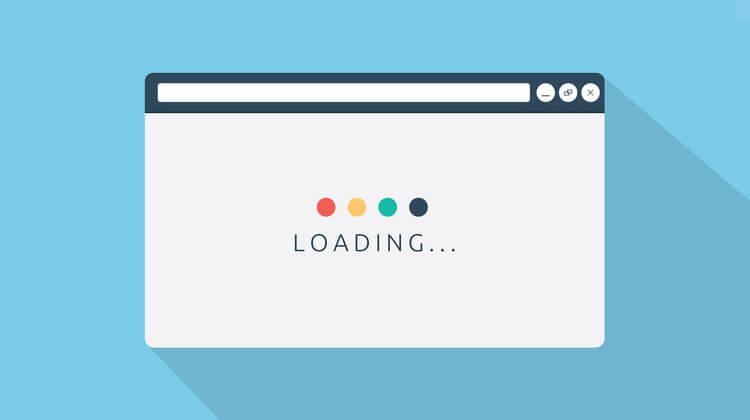Enhancing Website Performance: Tips For Faster Loading TimesPosted by Donald J. Brooker on June 5th, 2023
Visitors need more tolerance for slow-loading websites in today's fast-paced digital environment. High user abandonment rates, decreased engagement, and missed opportunities may all result from a sluggish website. That's why it's essential to work on website speed and ensure pages load quickly. This article discusses several tried-and-true methods to speed up your website and improve the overall user experience. Therefore, continue reading before you look for Boston web designers. Size and format images to maximum effect.Large picture files are a significant cause of website loading delays. Images may be optimized, moreover maintaining quality in the process. First, ensure that all your photographs are the correct size for your website. This prevents the browser from having to resize them, which speeds up download time. Consider using picture compression methods to cut down on file sizes. You may use online or offline compression solutions to keep your images looking great while dramatically lowering their size. The importance of using the correct file format must be balanced. JPEG is often the best option for pictures and other complex, multicolored images. It provides an acceptable compromise between picture quality and storage requirements. Minify and Combine CSS and JavaScript FilesCSS and JavaScript files are essential for website functionality and styling. However, they can become bloated with unnecessary spaces, comments, and formatting, which increase file sizes and slow downloading times. Minifying these files involves removing all unnecessary characters, resulting in smaller file sizes without affecting their functionality. Numerous online tools and plugins are available to help you automate this process. Furthermore, reducing the number of HTTP requests can significantly improve website loading speed. Instead of having separate CSS and JavaScript files for each page, consider combining them into one file each. Utilize Browser CachingBrowser caching is a technique that allows frequently visited websites to load faster by storing specific files in the user's browser cache. When visitors load your website, the browser stores static files such as images, CSS, and JavaScript locally. You must set appropriate cache headers for your website's static resources to leverage browser caching. These headers indicate how long the browser should retain the files in its cache before checking for updates. By setting a longer cache expiration time, you can encourage browsers to store files for an extended period, reducing subsequent loading times for returning visitors. Implementing browser caching requires modifying your website's server configuration or caching plugins for popular content management systems like WordPress. By leveraging browser caching, you can improve the performance of your website, especially for repeat visitors. Enable GZIP CompressionEnabling GZIP compression is an effective way to reduce file sizes further and enhance website performance. GZIP is a file compression format that significantly reduces the size of files, such as HTML, CSS, and JavaScript before they are sent to the visitor's browser. The compressed files are then decompressed by the browser, allowing faster loading. To enable GZIP compression, you need to configure it on your web server with the help of Boston web designers. Most modern web servers have built-in support for GZIP compression, which can be easily activated by modifying the server configuration files. Alternatively, if you're using a content management system like WordPress, numerous plugins are available that handle GZIP compression for you with minimal setup required. Leverage Browser CachingBrowser caching is a powerful technique that allows your website to store and retain specific resources in the visitor's browser cache. By leveraging browser caching, you can improve website performance and reduce the loading time for subsequent visits. When a user visits your website, the browser downloads various resources such as images, CSS, JavaScript, and more. You can instruct the browser to store these resources locally for a specified period by setting appropriate cache headers. The next time the visitor accesses your website, instead of downloading all the help again, the browser retrieves them from the cache, resulting in faster loading times. ConclusionEnhancing your website's performance is vital for delivering a positive user experience and maximizing user engagement. This will help you to significantly improve loading times and keep visitors engaged. So, optimize image sizes and formats, minifying, and combining CSS and JavaScript files, utilizing browser caching, enabling GZIP compression, using CDNs, and optimizing your website's code. Like it? Share it!More by this author |



